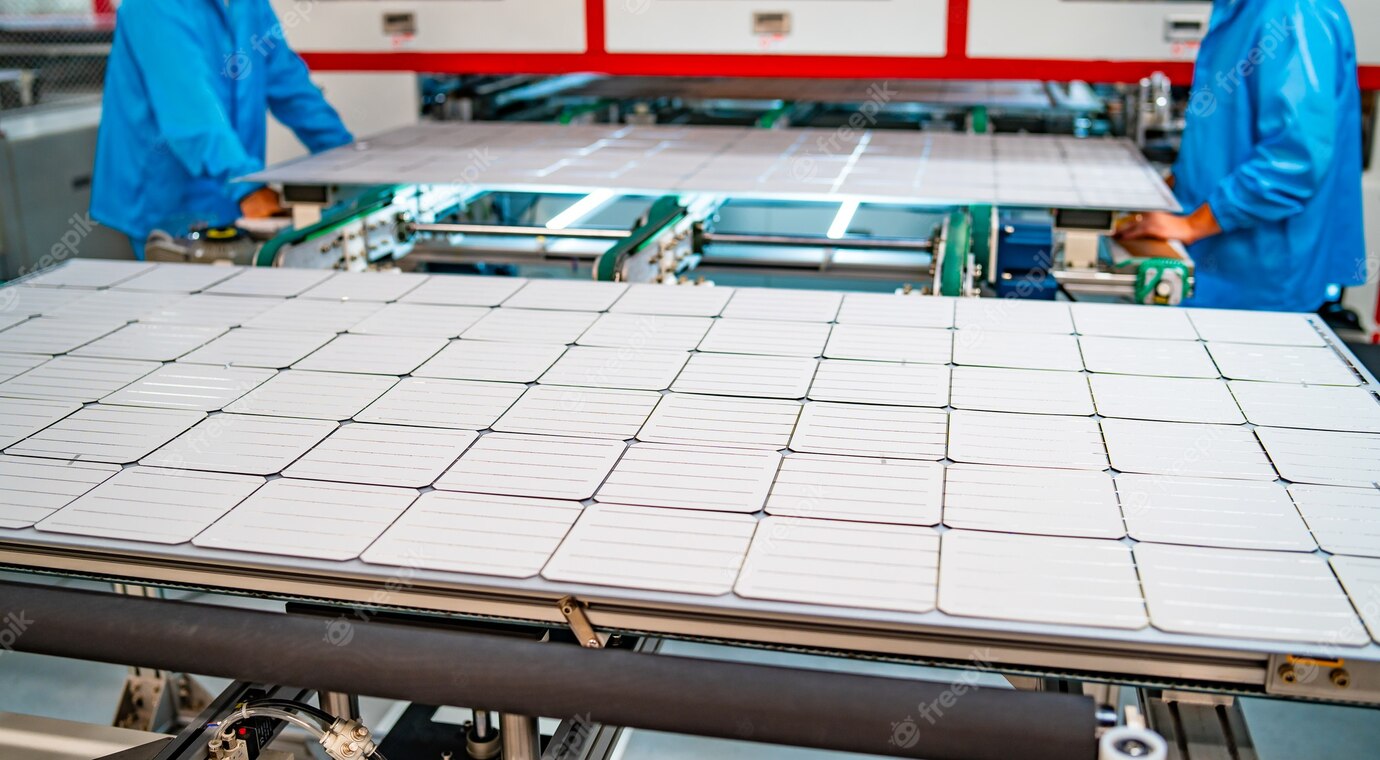Phone No:
+91 8260044445
+91 8260123345
A/13, near L.V Prasad Eye Hospital, Chandaka Industrial Estate, Patia, Bhubaneswar, Odisha 751024
Email Address:
solarmaxo2016@gmail.com
urjagroupofcompany@gmail.com
Provide Solar Panels And Renewable Energy Products.

Manufacturing solar panels involves several steps that include the production of individual solar cells, assembling them into modules, and finally, packaging them for distribution.